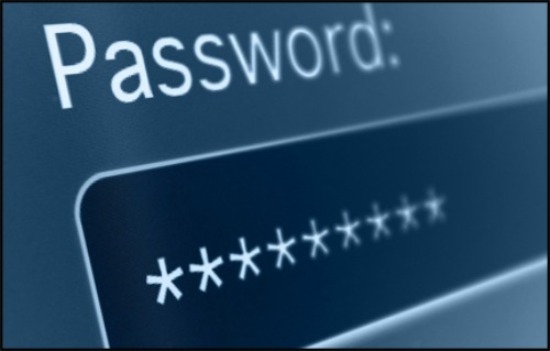STEP THREE
Never use it twice. Using the same password twice is a great way for multiple accounts to be compromised, especially if that password is associated with a username that is your email.
STEP FOUR
Repeat for all accounts. Easy peasy. New passwords for each account that are easy to remember but hard to guess.
Never save your passwords in a browser
Security researchers have proven that if a cybercriminal gains access to your computer, they can steal every password you store in your browser. You can read more about that here: Hackernoon - Why You Should Never Save Passwords on Chrome or Firefox.
- Never share your login credentials with anyone for any reason.
- Never allow someone else to use your badge or key to enter secured areas.
- Always ensure secured doors remain closed and locked.
- Report all security incidents without hesitation.
- Always follow your organization’s security policies.
Tips on how to remember all your usernames and passwords
In your personal life, get a password manager! Password managers create, store, and sync your login credentials across multiple devices. They can also auto-fill login forms on your behalf, removing the need to store your passwords in a browser. Here at work, check our policies before installing or using any third-party software.

